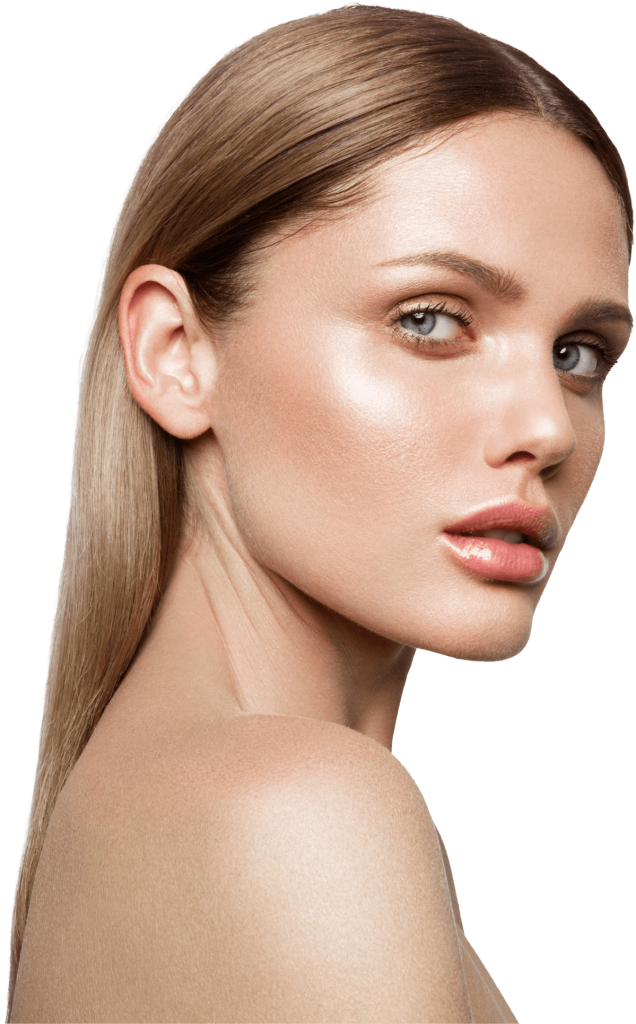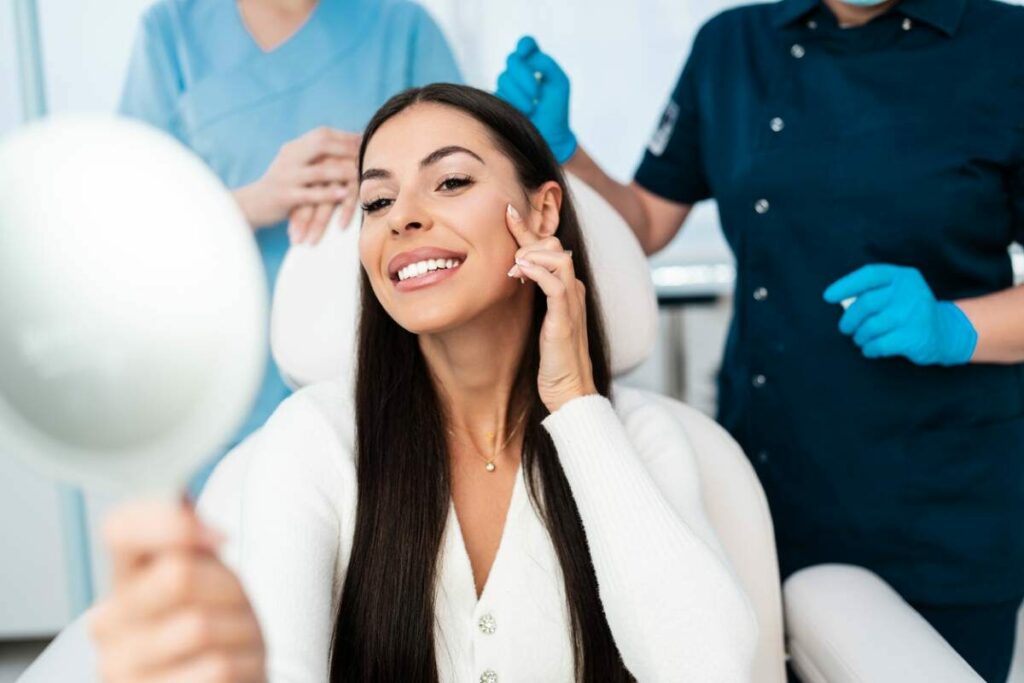

Botox is a cosmetic treatment that effectively reduces wrinkles and fine lines by temporarily relaxing the underlying facial muscles. It works by blocking nerve signals, preventing muscle contractions that cause wrinkles to form.
Preparing for your **Botox** treatment is essential. To ensure the best results, avoid blood-thinning medications, alcohol, and certain supplements. Consult your provider for personalized pre-treatment guidelines.

During a **Botox** treatment session, a skilled practitioner will use a fine needle to inject Botox into the targeted areas. The procedure is relatively quick and minimally painful, often taking just 10 to 15 minutes.
After receiving Botox injections, you can expect some mild redness and swelling at the injection sites, but these usually subside within hours. There’s minimal downtime, allowing you to return to your daily activities promptly.
Common side effects of Botox include temporary bruising, swelling, or redness at the injection sites. More severe complications are rare but can include eyelid drooping or an allergic reaction. Your provider will discuss potential risks during your consultation.

Botox results typically become noticeable within a few days, with full effects appearing within two weeks. The results are not immediate but can last three to four months, varying from person to person.
Common questions about Botox often revolve around its safety, expected results, and the duration of its effects. It’s essential to address these concerns during your consultation to ensure you’re well-informed.
Botox maintenance is typically required to maintain your desired results. The frequency varies from person to person, but most individuals schedule follow-up treatments every three to four months to keep wrinkles at bay.
Following Botox treatment instructions is vital to achieving the best possible results. Adhering to pre and post-treatment guidelines, as well as any personalized recommendations from your provider, ensures a safe and successful Botox experience.